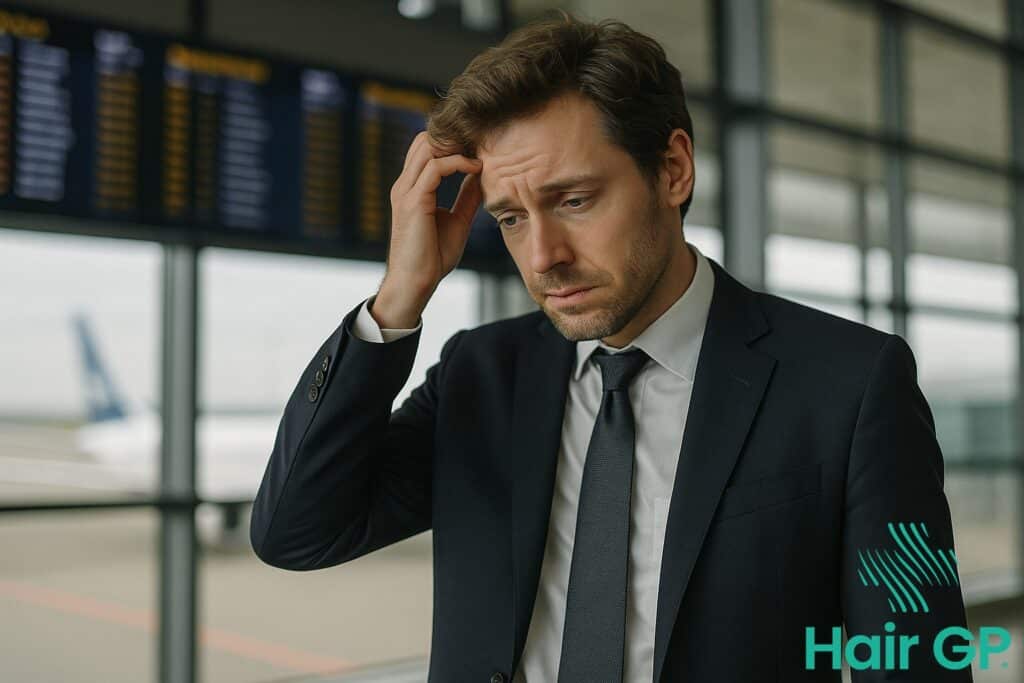Introduction
After an intense gym session, you’re faced with a familiar dilemma: should you immediately rush to wash your sweaty hair, or can you skip the shampoo without consequence? This post workout predicament affects millions of fitness enthusiasts who struggle to balance cleanliness with healthy hair care routine practices.
The conflicting advice surrounding hair wash frequency after exercise can be overwhelming. Some experts advocate for daily shampooing to remove sweat and bacteria, whilst others warn that frequent washing strips essential oils and damages hair health. The truth is, there’s no one-size-fits-all answer to this workout-related hair care challenge.
Your individual needs depend on numerous factors including your hair type, scalp condition, workout intensity, and personal lifestyle. Throughout this comprehensive guide, we’ll explore how sweat actually affects your hair and scalp, examine the potential risks of excessive shampooing, and help you understand your unique hair requirements. We’ll also introduce effective alternatives to daily washing, establish clear guidelines for when shampooing is truly necessary, and provide practical strategies for maintaining healthy hair whilst staying active.
By understanding the science behind post workout hair care, you’ll develop a personalised routine that keeps both your hair and scalp healthy, regardless of how frequently you hit the gym.
Key Takeaways – TL/DR
- Daily shampooing after workouts can strip natural oils and damage hair
- Hair type and workout intensity determine your ideal washing frequency
- Dry shampoo and co-washing offer effective alternatives to daily shampooing
- Cold water rinses can refresh hair without harsh chemicals
How Sweat Really Affects Your Hair and Scalp
Understanding how sweat truly impacts your hair and scalp health requires examining the science behind perspiration. Sweat primarily consists of water, sodium chloride, and trace amounts of urea, lactate, and amino acids [1]. When you exercise, this salty mixture coats your sweaty hair and scalp, creating an environment that can temporarily alter your scalp’s natural balance.
Your scalp maintains an optimal pH level between 4.5-5.5, which helps preserve scalp health and protects hair follicles from harmful bacteria [2]. Sweat, being slightly alkaline, can temporarily raise this pH level, potentially making hair cuticles more porous and vulnerable to damage. However, this effect is generally mild and temporary.
The interaction between sweat and sebum, your scalp’s natural oil, creates a complex mixture that can feel uncomfortable but isn’t inherently damaging. Whilst sweat can make hair appear greasy and feel heavy, it doesn’t immediately harm hair follicles or cause long-term damage to hair structure. The key concern is when sweat remains on the scalp for extended periods, potentially creating conditions that favour bacterial growth, which could impact overall scalp health over time.
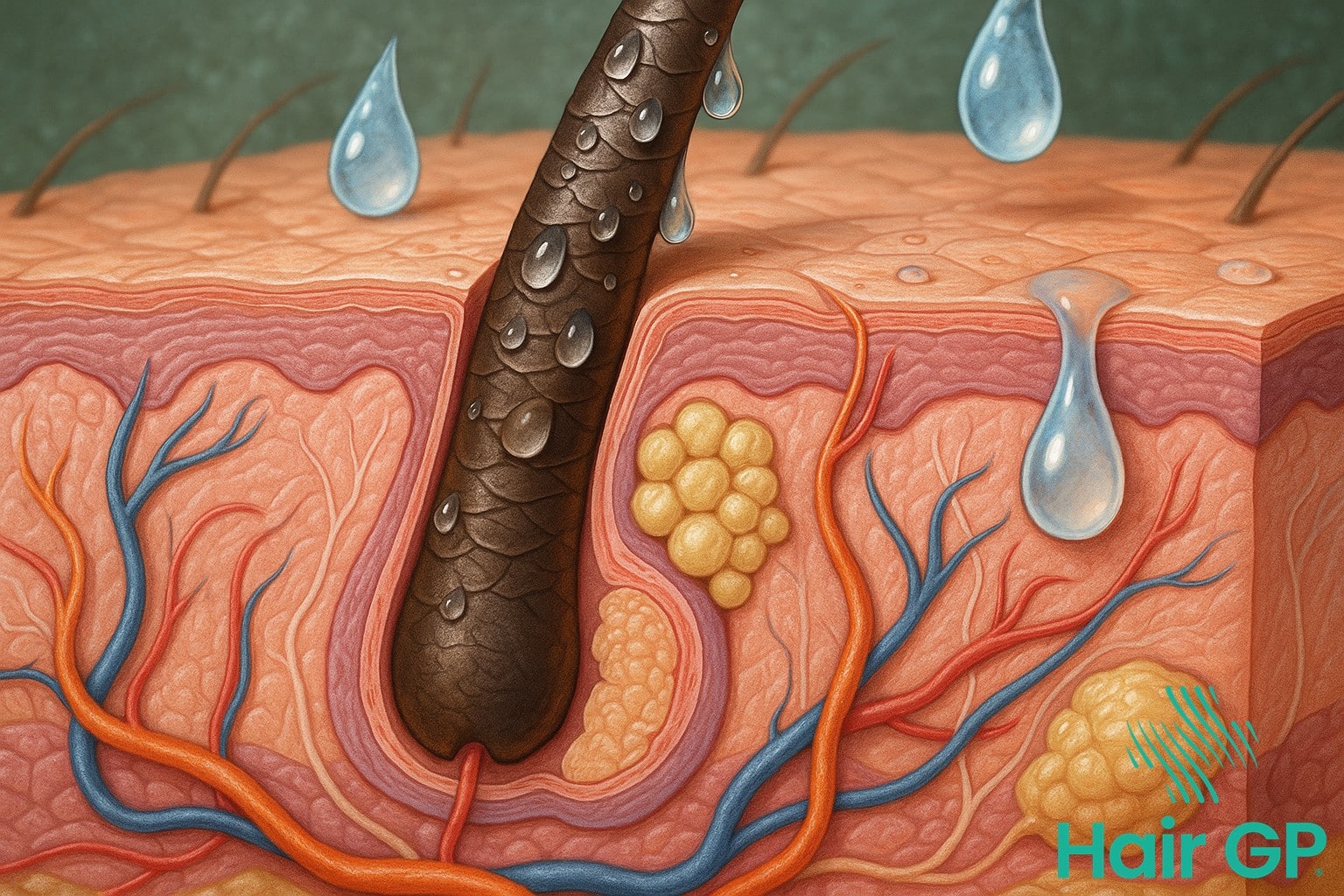
The Dangers of Daily Shampooing
Overwashing your hair poses significant risks that many fitness enthusiasts overlook in their quest for cleanliness. Daily shampooing strips away your scalp’s natural sebaceous oils, which serve as a protective barrier against environmental damage and bacterial infections. These natural oils, primarily sebum, are essential for maintaining healthy hair structure and preventing moisture loss.
Frequent exposure to shampoo chemicals disrupts your scalp’s delicate pH balance, which naturally sits between 4.5 and 5.5 [3]. When this acidic environment becomes alkaline due to over washing, it compromises the hair cuticle’s integrity, leading to increased porosity and vulnerability. This disruption often results in hair that feels dry, brittle, and prone to split ends.
Paradoxically, overwashing triggers your scalp to compensate by producing excess oil, creating a cycle where hair becomes greasier faster than before. This overproduction occurs because your sebaceous glands work overtime to replace the stripped natural oils [4]. Understanding these mechanisms is crucial for maintaining healthy hair whilst balancing post-workout cleanliness needs.

Tailoring Your Routine to Your Hair Type
Understanding your specific hair type is crucial for developing an effective post-workout hair care strategy that works for your individual needs. Different hair textures and conditions require tailored approaches to maintain hair healthy whilst managing sweat and oil buildup after exercise.
Fine and Oily Hair Types
Those with fine or oily hair typically need more frequent washing after workouts, as sweat and natural oils can quickly weigh down strands and create an unclean appearance. Consider washing every other day or after particularly intense sessions to maintain clean hair without over-stripping delicate strands. Use lightweight, clarifying shampoos that effectively remove buildup without adding heaviness. For styling, avoid heavy products and opt for dry shampoo between washes to absorb excess oil and add volume to fine hair.
Thick, Curly, and Textured Hair
Individuals with thick, curly, or textured hair benefit from preserving the natural oils that protect and nourish their unique hair texture. Long hair in these categories requires less frequent washing—perhaps once or twice weekly depending on activity levels. Focus on co-washing with conditioner between full wash days to refresh curls whilst maintaining essential moisture. Protect your hair type with silk scarves during workouts and use leave-in treatments to maintain curl definition and prevent frizz from sweat exposure.
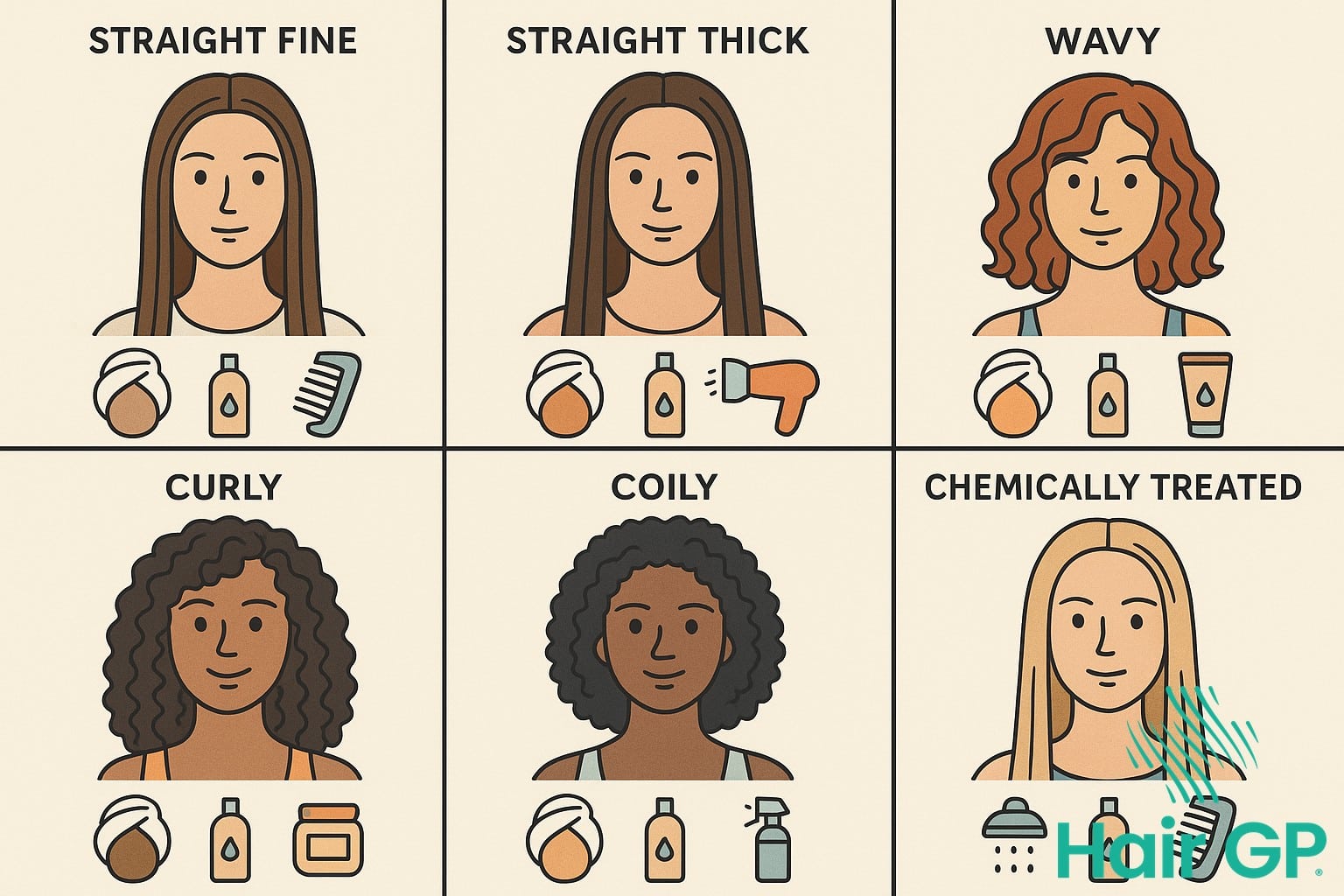
Smart Alternatives to Daily Shampooing
Keeping hair fresh between gym sessions doesn’t require harsh daily shampooing that strips natural oils and damages hair structure. Smart alternatives like dry shampoo and co washing offer highly effective solutions for maintaining clean, healthy hair whilst protecting your overall haircare routine from unnecessary daily damage.
Dry Shampoo Techniques
Proper dry shampoo application begins before you even feel oily—apply it the night before your workout for maximum oil absorption and effectiveness. Spray from 6 inches away, focusing on roots and particularly oily areas, then massage thoroughly with fingertips. Allow these specialized hair products to sit for several minutes before brushing through to distribute evenly and remove excess powder residue.
Co-Washing and Water-Only Methods
Co washing involves using conditioner alone to cleanse hair, preserving natural moisture whilst effectively removing sweat and product buildup. Cold water rinse techniques help seal the hair cuticle and reduce frizz after intense workouts. Alternate between co-washing sessions 2-3 times weekly and plain cold water rinses on remaining days to maintain optimal scalp health without over-cleansing your delicate hair strands.
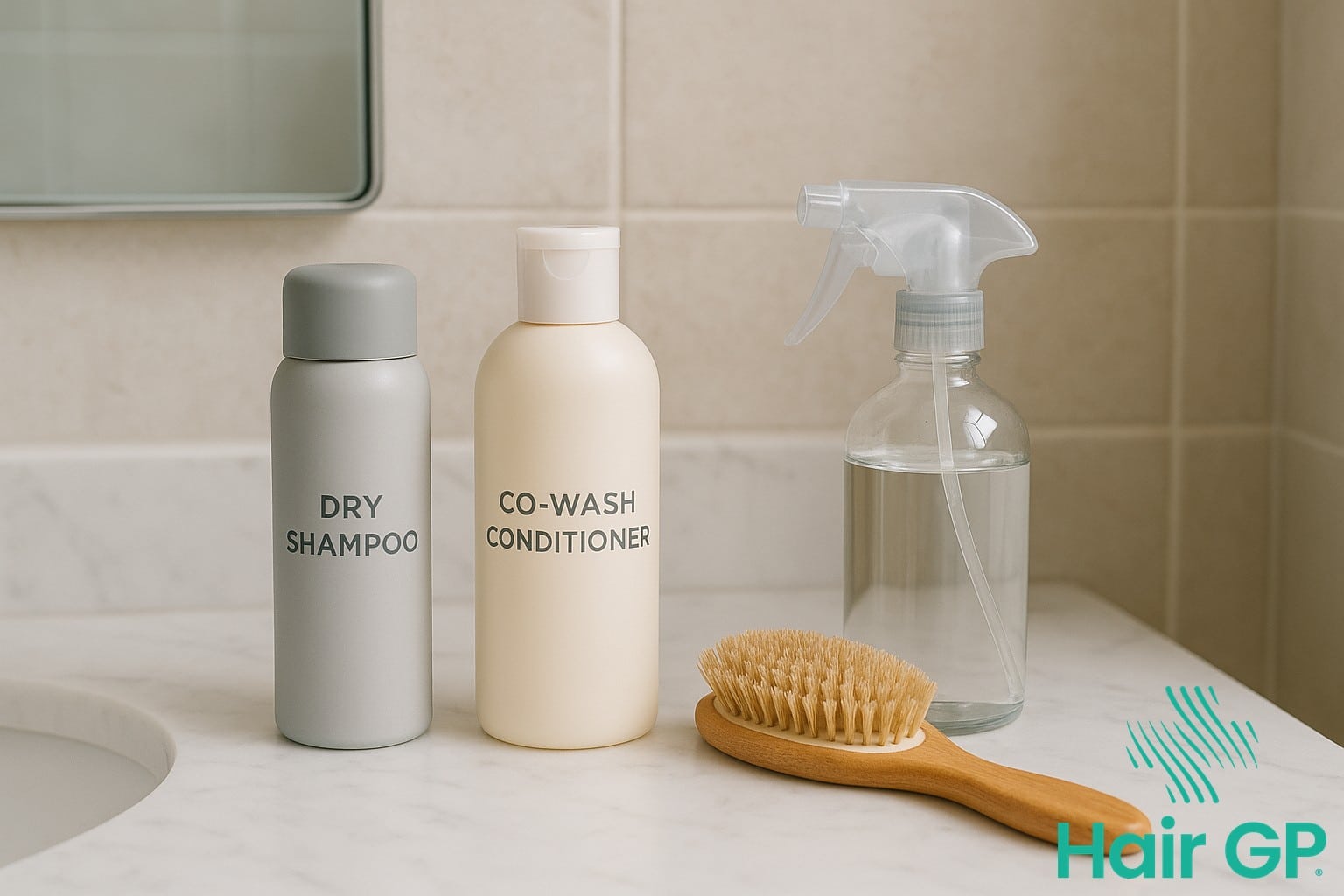
When You Actually Need to Shampoo
Determining when to shampoo after exercise depends on several key factors rather than following a rigid routine. After a particularly sweaty workout, your hair may feel uncomfortable but doesn’t automatically require washing. The intensity of your exercise session plays a crucial role – high-intensity activities that leave you thoroughly perspired may warrant shampooing, whilst lighter sessions often don’t.
Pay attention to your hair’s actual condition rather than assumptions. If your hair feels genuinely greasy rather than simply damp from sweat, it’s likely time for a proper wash day. Similarly, if you notice scalp irritation, itching, or visible dandruff, these are clear indicators that your scalp needs cleansing.
Personal factors significantly influence frequency requirements. Some people naturally produce more oil, making daily washing beneficial for maintaining healthy hair. Others find that washing hair everyday strips essential oils unnecessarily. Trust your scalp’s signals and adjust accordingly, remembering that consistency matters more than rigid schedules.
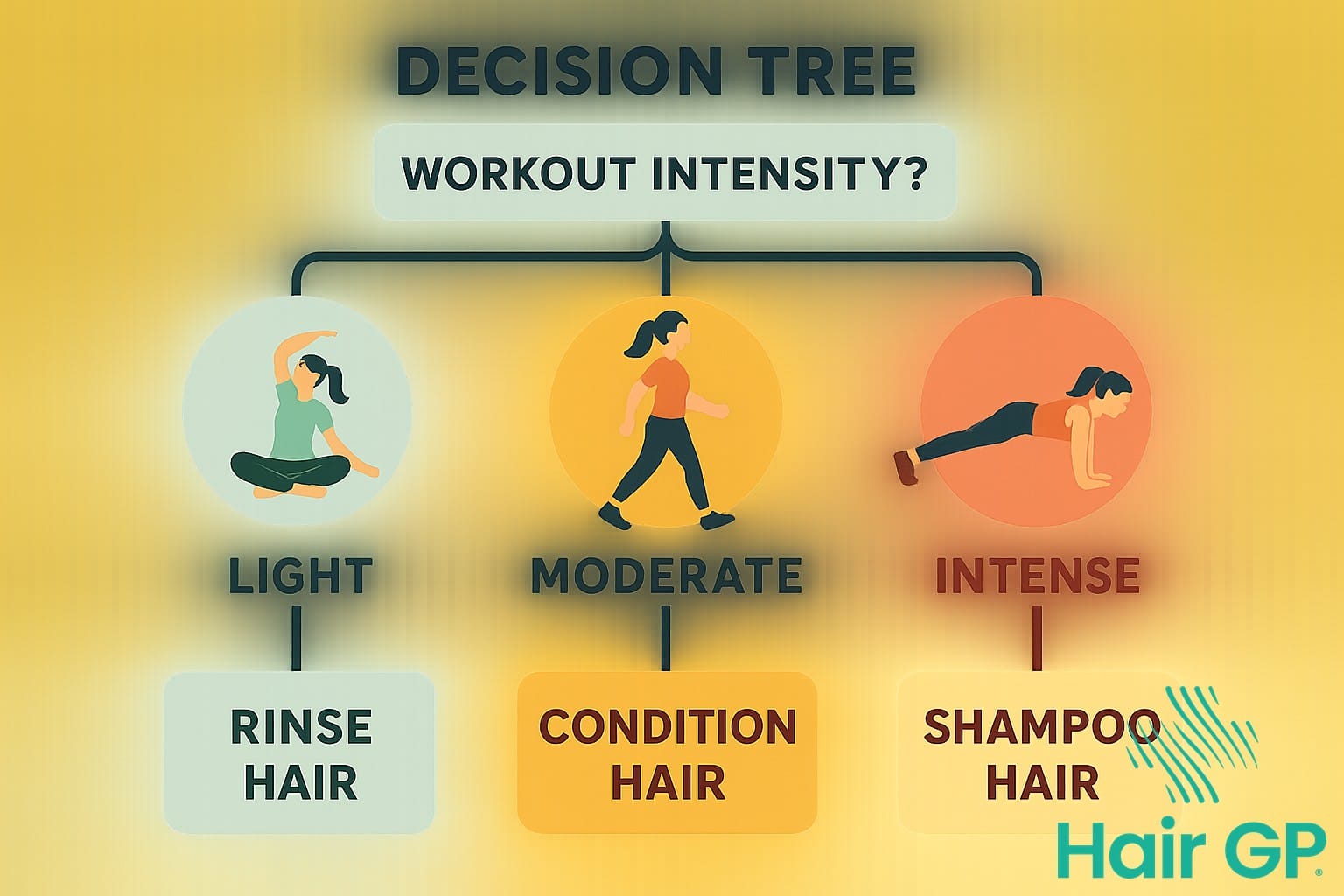
Best Practices for Post-Workout Hair Care
Post-workout hair care requires strategic approaches to maintain healthy, lustrous locks whilst maintaining an active lifestyle. Proper care techniques effectively protect hair from sweat damage and repeated styling stress. Following immediate care steps combined with weekly intensive routines ensures your hair remains strong and vibrant.
Immediate Post-Workout Steps
Remove your hair tie immediately after exercising to prevent tension breakage and restore proper circulation to the scalp. Allow your scalp to cool down naturally before handling wet hair, as heated strands are significantly more vulnerable to damage. Handle your hair gently, avoiding aggressive towel-drying or harsh brushing. If cleansing is necessary, use a gentle shampoo and always follow with conditioner to restore essential moisture. When styling is required, apply a leave in conditioner for protection before any heat styling or blow dry session.
Weekly Deep Care Routine
Incorporate intensive deep conditioning treatments twice weekly to counteract the effects of frequent washing and heat styling. Focus on nourishing scalp treatments using natural oils or specialised conditioning masks to maintain healthy follicles. Practice protective styling techniques like loose braids or silk scarves during sleep to minimise friction and breakage.
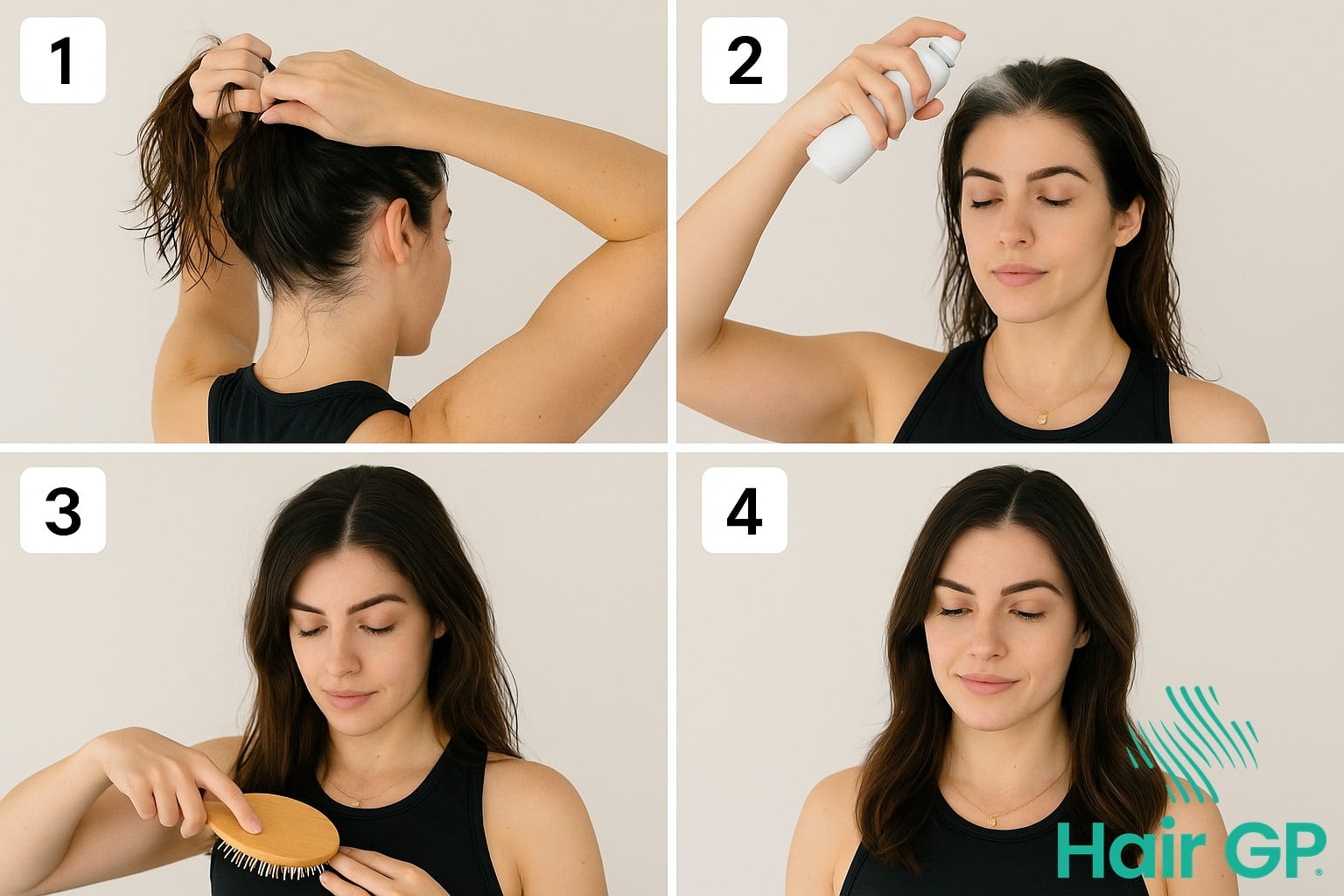
Conclusion
The world of post-workout hair care isn’t governed by universal rules, and the key to maintaining healthy locks lies in developing a personalised hair care routine that suits your unique needs. Whether you decide on a daily post workout hair wash or prefer alternate cleansing methods, the decision should be based on your hair type, workout intensity, and lifestyle demands.
Understanding how exercise affects your hair post workout enables you to make informed choices about when and how often you cleanses hair. Some individuals with oily scalps may benefit from frequent washing, whilst others with dry or chemically-treated hair might find that excessive cleansing compromises their hair health. The goal isn’t to follow rigid rules but to observe how your hair responds to different approaches.
Your chosen hairstyle can also influence your post-workout routine, with some styles requiring more maintenance than others. Rather than adhering to blanket recommendations, pay attention to how your hair feels and looks after different care approaches. A sustainable routine that balances cleanliness with hair health will always outperform an extreme approach that leaves your hair damaged or your lifestyle disrupted.
Frequently Asked Questions
Most hair types benefit from washing 2-3 times per week maximum, even with daily workouts. Use dry shampoo, co-washing, or cold water rinses on non-wash days to manage sweat and oil.
Occasional overnight sweat won’t damage your hair, but regular buildup can clog follicles and create odor. A quick cold water rinse or dry shampoo application before bed helps maintain scalp health.
Choose sulfate-free, gentle formulas that cleanse without over-stripping. Look for moisturizing ingredients and avoid harsh detergents that can damage hair with frequent use.
Daily dry shampoo use isn’t recommended as it can build up on the scalp and clog pores. Limit use to 2-3 times between regular washes and ensure thorough removal during wash days.
References
- Baker LB. Physiology of sweat gland function: The roles of sweating and sweat composition in human health. Temperature (Austin). 2019;6(3):211-259.
- Gavazzoni Dias MF. Hair cosmetics: an overview. Int J Trichology. 2015;7(1):2-15.
- Gavazzoni Dias MF. Hair cosmetics: an overview. Int J Trichology. 2015;7(1):2-15.
- Rosenfield RL. Normal and Pathological Sebaceous Gland Function. Dermatol Clin. 2020;38(2):181-194.





